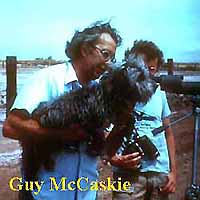 |
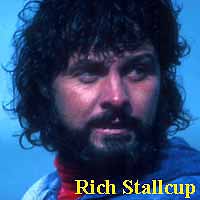 |
 |
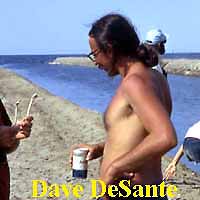 |
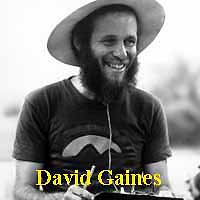 |
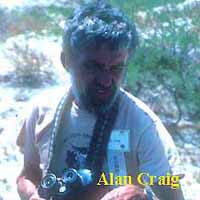 |
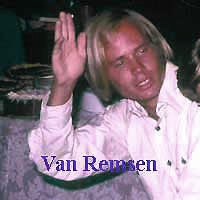 |
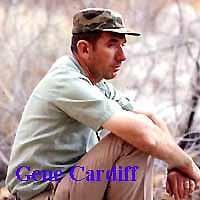 |
 |
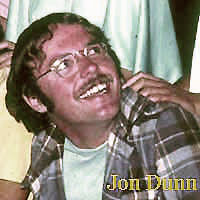 |
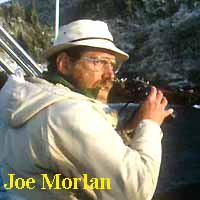 |
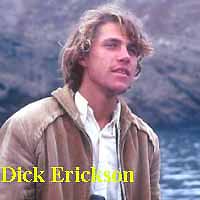 |
 |
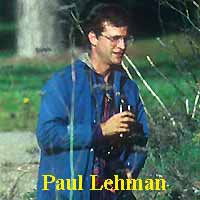 |
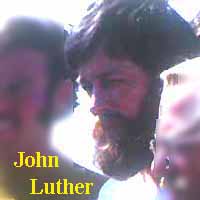 |
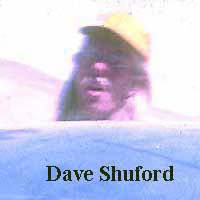 |
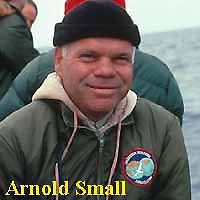 |
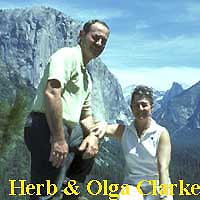 |
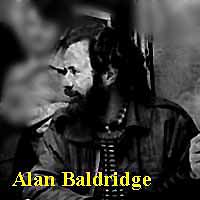 |
 |
 |
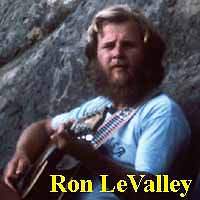 |
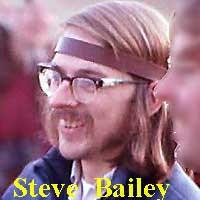 |
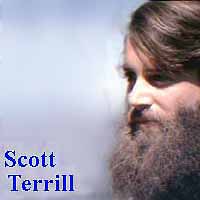 |
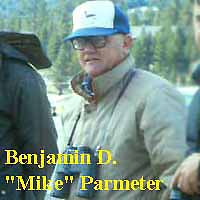 |
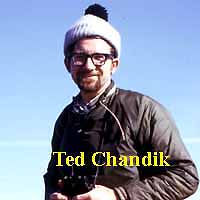 |
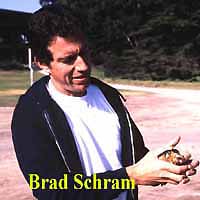 |
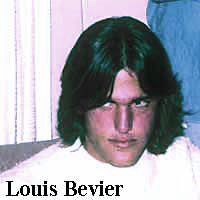 |
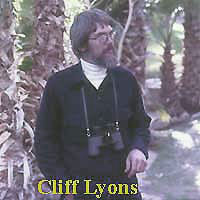 |
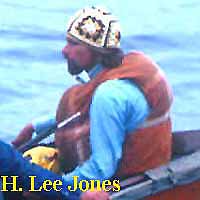 |
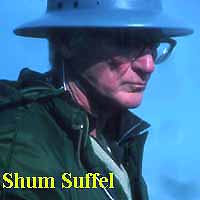 |
 |
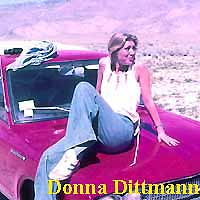 |
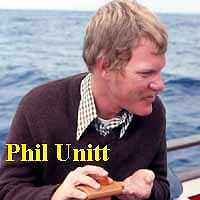 |
 |
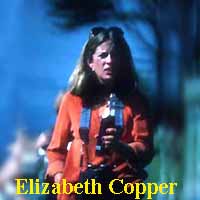 |
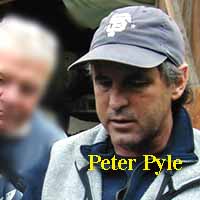 |
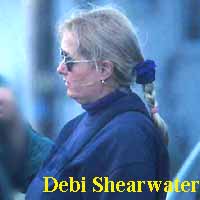 |
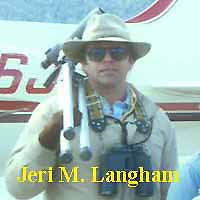 |
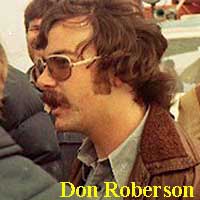 |
This is a gallery of forty influential birders during the quarter century from 1965-1989. To the extent photos could be located from that period, they were used, but a few shots (e.g., Peter Pyle) postdate that period. Most of these folks are still active California birders. At the time this was written (April 2005), three of the 40 were deceased and several had moved from the state, but the influence of all remains today.
Click on any mug shot for a page on that person's accomplishments during that era:
 |
 |
 |
 |
 |
 |
 |
 |
 |
 |
 |
 |
 |
 |
 |
 |
 |
 |
 |
 |
 |
 |
 |
 |
 |
 |
 |
 |
 |
 |
 |
 |
 |
 |
 |
 |
 |
 |
 |
 |
|
sadly for all of us today, these four are now deceased |
 |
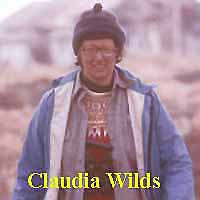 |
 |
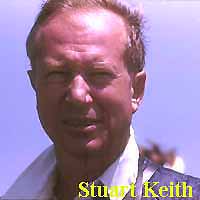 |
|
In choosing a "top 40" gallery of influential birders, the choices are meant to illustrate those with a statewide impact for a significant period. Those having an impact for at least half the quarter-century — at least 12 years — were strongly preferred. Only 3 of the 40 had a shorter tenure within California during our period of review (Van Remsen, Peter Pyle, John Sterling), and each of these were actively birding in the State for at least 10 years, and each has unique achievements that warrant their inclusion. Any list is subjective. Those in the top two or three rows are obvious shoo-ins, but for other choices some consideration was given to that person's innovations that affected the birding community, or one's influence as a mentor for others. Besides Guy McCaskie and Rich Stallcup, several choices here honor those who were important mentors in the California bird world, including Laurie Binford, Van Remsen, Alan Baldridge, Tim Manolis, Elizabeth Copper, and Jeri Langham. A person was automatically included on this list if they met at least two of the following criteria during our period of review:
It is very likely that I have overlooked a number of important records, papers, positions filled, and achievements. These omissions are not intentional; rather, please understand that I have constructed as much of this as possible from the literature, and to the extent I relied on personal knowledge, I know some people better than others. I skimmed through all the relevant issues of Audubon Field Notes/American Birds during the era, and have likely perpetuated errors in those journals. I have relied heavily on AFN/AB published citations in "crediting" records to particular observers. I also double-checked 'credit' issues against CBRC reports, but even those reports didn't attempt to properly assign 'credit' to a finder until the 9th CBRC, and only then if the 'finder' submitted documentation. If I have made errors (and I undoubtedly have), please let me know. But don't take them personally. In selecting which specific bird records to include in the "chronology" or on individual observer pages, I have attempted to be objective and include only those of Statewide interest [note that I often capitalize the word "State" when it stands for California]. In general, I have chosen to emphasize the first, second, or third records for California — and sometimes 4th, 5th, or 6th records where the first three were not 'chasable' birds — because the context of this project is the interplay of birds with birders. For example, California's fourth Garganey — at Lake Elsinore RIV in Mar-Apr 1979 — was a lot more important to the birding community than the first three records, and thus gets more emphasis than the first three in this "history." [The first Garganey was a series of 'one-day-wonders' at Long Beach, L.A., on 15 Mar 1972, returning 4 Apr 1974 & 19 Mar 1975, and was generally treated as an escape; it was not 'chased' by any sizable group of birders and was not accepted until many years later when its timing proved to fit a pattern that developed later. The State's 2nd and 3rd Garganeys were identified from wings from hunter's bags in SOL and KER (1977 & 1978, respectively) and so didn't come to light until weeks or months later, and none were identified in the field. In these circumstances, the 'chasable' Garganey in 1979 was just a lot more important to birding history than the others.] I also considered new seasonal records to be of Statewide interest (e.g., first Pectoral or Sharp-tailed Sandpiper to winter in the State) and first or second records of coastal birds inland (e.g., tubenoses at the Salton Sea, or first records of vagrant landbirds inland when their pattern had previously been entirely coastal). On individual birder pages, I tried to include all such finds, plus any discovery that constituted any State record between the first and about the tenth CA record, even if I left off those types of records from the "chronology." Giving "credit" to "finders" and "co-finders" is a very tricky business, and I tried to be careful and objective, but mistakes have undoubtedly crept in. I generally have not given space to discoveries that constituted the 11th State record or more. I have also not generally credited important first County records — California has 58 counties and those types of credits are well beyond my capacity and time to research. Likewise, most of the publications cited are those that were important to California birders. If it was easy to include more references because they were easily available to me on a previously compiled bibliography, I used those, but for other authors I have not tried to search out every paper on every bird topic. And once more I emphasize that all these topics are focused on our period of review — 1965 through 1989 — and I have done very little to research achievements, papers, publications, or bird record credits that occurred before or after these dates. You will have to conduct your own research for those details. Finally, as to photos, I preferred to have 2-3 shots per person, but many times I had only one from our period of review readily available. I have sometimes included a current/recent shot, but only if readily available to me. It was enough of an effort and investment in time to design and create these pages; I did not add extra time to search out additional photos by extensive correspondence. No doubt all of that could be done, but this is simply a fun look back at a time now gone. It was created during patches of spare time as they were available, and took a year as it was. — Don Roberson
April 2005 |
All photos © to photographers listed on each person's linked page; all rights reserved.
|